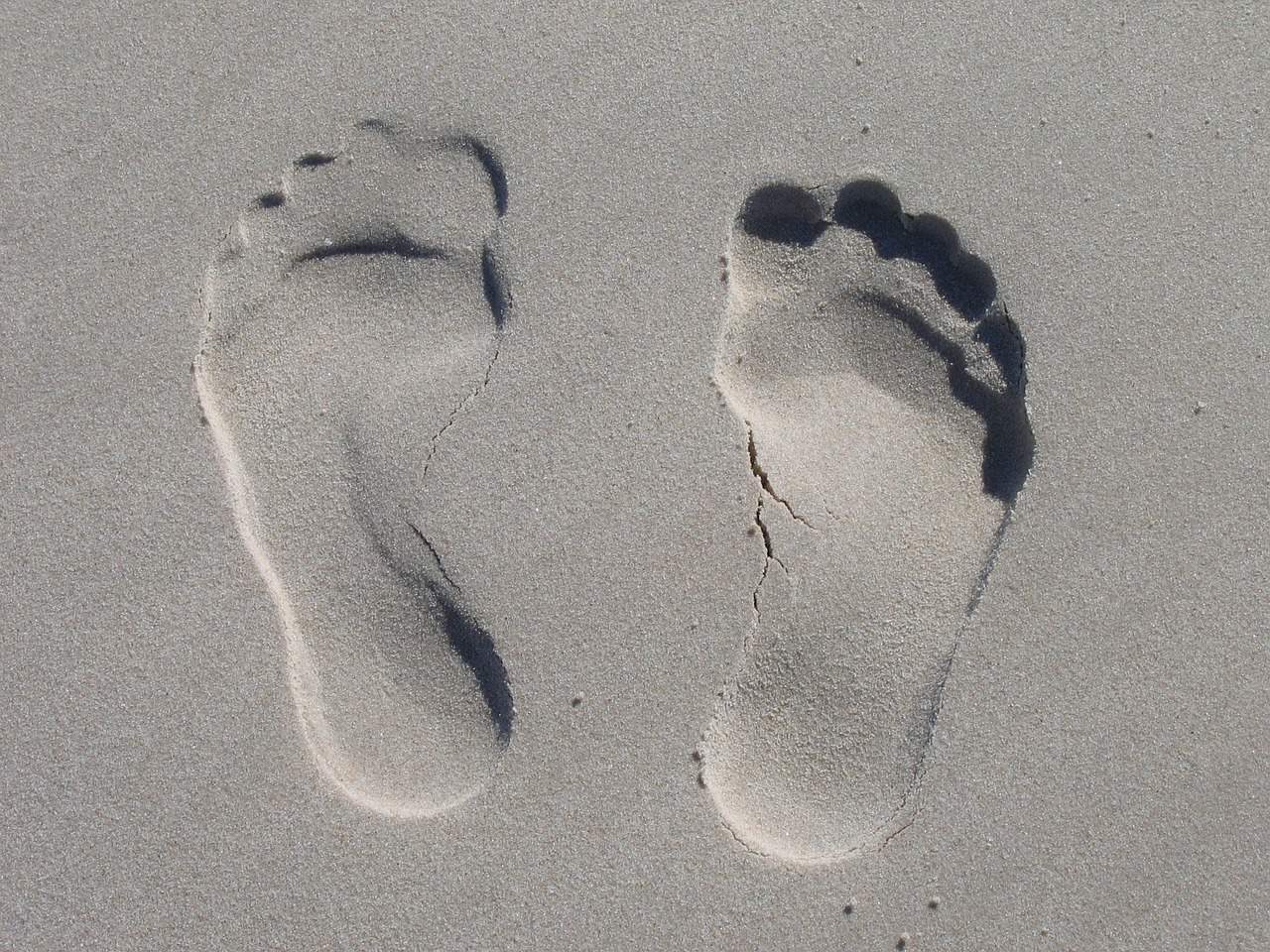
Proper Foot Care Can Reveal Early Warning Signs
There’s a day for everything and our feet are no exception. August 17 was National I Love My Feet Day, observed annually as a day to appreciate how valuable our feet are and to practice good foot care. This is especially so for the chronically ill, the elderly, those with diabetes and those in hospice in San Mateo and elsewhere. Even if you’ve never had foot problems before, proper care can alert you to early warning signs so you can address the issue promptly. It’s pretty amazing how our feet can alert us to serious issues ranging from thyroid disease to heart disease before we can even visit the doctor.
Let’s take a look at how proper foot care can reveal those critical red flags.
Dry, Flaky Feet: Thyroid Problems
If you constantly moisturize your feet but you still suffer from dry, flaking skin, a thyroid problem could be to blame. When your thyroid gland starts acting up, it can’t readily produce thyroid hormones that are in charge of controlling metabolic rates, growth of tissue and blood pressure. This can manifest in cracks and dry conditions on the feet, and even cause brittle toenails.
Balding Toes: Arterial Disease
You know those tiny hairs on the tops of your toes? If that suddenly disappears, you could be suffering from poor blood circulation brought on by peripheral arterial disease (PAD), signs of which include decreased hair growth on the feet and ankles, toes that are purple in color, and shiny skin, according to Reader’s Digest. Eight million Americans suffer from PAD, which is a build-up of plaque in the arteries of the leg.
Wounds That Don’t Heal: Diabetes
Uncontrolled glucose levels tend to cause damage to nerves and result in bad circulation. As a result, blood doesn’t get to the feet. If blood can’t get to a wound on the foot, such as a cut caused by poorly-fitting shoes, the wound cannot heal properly. In addition, look for tingling or numbness in the feet, which could also signal diabetes. Be sure to take a look at your feet every day, going to the doctor if you do experience an injury to the foot. Also, get your feet checked by the doctor annually or even more frequently if you have foot problems, suggests the American Diabetes Association.
Painful, Enlarged Big Toe: Food Culprits
If you recently ate a big meal, say steak and red wine, you may feel the painful effects afterward in your big toe. This could be blamed on gout, a kind of arthritis that can affect the joint of the big toe. That’s because foods rich in purine (found in red meats, fish, and alcohol) can increase uric acid levels. While uric acid is typically passed through urine, when it is overproduced or under-excreted, this can cause problems. If you wake up with a hard, swollen, red joint that is very painful, alert your doctor or tell the home health and hospice care team if this affects your loved one. The doctor can prescribe anti-inflammatory drugs for relief and a diet low in purine for prevention over the long haul.
Red Lines Under Toenail: Heart Infection
If you notice red streaking underneath your toenails or fingernails, this could signal broken blood vessels referred to as splinter hemorrhages. These pop up when small blood clots start damaging the capillaries found underneath the nails, acting as a first sign of endocarditis. This is an infection of the heart’s inner lining. Those who suffer from an existing heart condition, have a pacemaker, or who have a suppressed immune system have a better chance of getting this. Heart failure can result if not treated.
Clubbing: Lung Cancer or Heart Disease
Symptoms of clubbing show up in both toes and fingers, having associations with lung cancer and infection, intestinal disease or heart disease. Because lung cancer and heart disease decrease vascular resistance, blood flow to the small arteries in the toenails and fingertips ramps up. Then, tissue expands and manifests in wider and rounder fingers and toes.
Pitted Toenails: Psoriasis
If you notice tiny holes, ridges or grooves in your toenails, nail psoriasis could be to blame. Most people who have nail psoriasis also have skin psoriasis but about five percent of those with nail psoriasis don’t have skin psoriasis, says the National Psoriasis Foundation. Small pits in toenails should always be diagnosed by a doctor. You may also notice white patches and lines going across your nails. Treatments include creams and lotions or even injections of steroids that go under the nail.
Contact Pathways Home Health and Hospice
Our home health and hospice care teams place a big priority on foot care for all our patients. To learn more, contact us at 888-755-7855. If you live in San Mateo or elsewhere and need compassionate care for yourself or a loved one, get in touch today.

